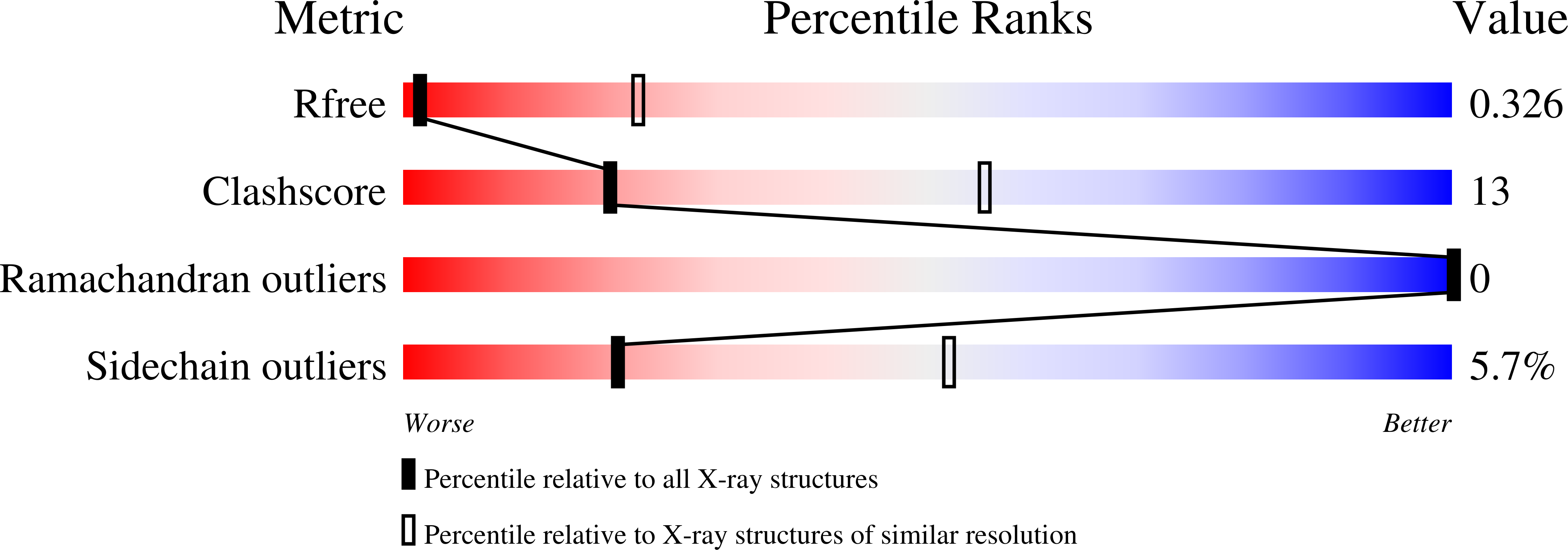Mechanistic basis of choline import involved in teichoic acids and lipopolysaccharide modification.
Barland, N., Rueff, A.S., Cebrero, G., Hutter, C.A.J., Seeger, M.A., Veening, J.W., Perez, C.(2022) Sci Adv 8: eabm1122-eabm1122
- PubMed: 35235350
- DOI: https://doi.org/10.1126/sciadv.abm1122
- Primary Citation of Related Structures:
7B0K, 7PAF - PubMed Abstract:
Phosphocholine molecules decorating bacterial cell wall teichoic acids and outer-membrane lipopolysaccharide have fundamental roles in adhesion to host cells, immune evasion, and persistence. Bacteria carrying the operon that performs phosphocholine decoration synthesize phosphocholine after uptake of the choline precursor by LicB, a conserved transporter among divergent species. Streptococcus pneumoniae is a prominent pathogen where phosphocholine decoration plays a fundamental role in virulence. Here, we present cryo-electron microscopy and crystal structures of S. pneumoniae LicB, revealing distinct conformational states and describing architectural and mechanistic elements essential to choline import. Together with in vitro and in vivo functional characterization, we found that LicB displays proton-coupled import activity and promiscuous selectivity involved in adaptation to choline deprivation conditions, and describe LicB inhibition by synthetic nanobodies (sybodies). Our results provide previously unknown insights into the molecular mechanism of a key transporter involved in bacterial pathogenesis and establish a basis for inhibition of the phosphocholine modification pathway across bacterial phyla.
Organizational Affiliation:
Biozentrum, University of Basel, Basel 4056, Switzerland.















